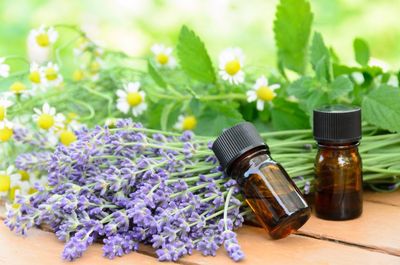What are Essential Oils?
Essential oils are extracts that are distilled from the bark, flower, fruit, leaves, or root of a plant. Most true essential oils are steam distilled, though in a few cases a process called cold pressing is used to extract essential oil from plants. Plants naturally contain essential oils for many reasons such as:
to attract pollinators and other beneficial insects as protection or deterrent from pests, including rabbit or deer as protection against fungal and bacterial diseases to compete with other plants by releasing alleopathic essential oils into the garden.
Some plants that are commonly used for essential oils for their health and beauty benefits include:
Clove Eucalyptus Frankincense Lemon Grapefruit Oregano Thyme Peppermint Rosemary Sandalwood Tea tree Chamomile Cinnamon Cedarwood Ginger Rose Patchouli Bergamot Lavender Jasmine
How to Use Essential Oils
In order to extract the true essence of plants, they need to be distilled or cold pressed. Making essential oils at home is not actually possible without distilling equipment. However, it is recommended that essential oils used topically be mixed with a gentler oil, such as olive oil, coconut oil, almond oil, or jojoba oil. Essential oils are highly concentrated and are oftentimes mixed with just water as well. There are three ways of using essential oils: topically, as an inhalant, or orally. You should always read and follow the instructions on the labels of essential oils; it could be very harmful to ingest certain essential oils. Bathing with a few drops of essential oils in the water allows you to use essential oils as an inhalant and topically, as the bath water is absorbed by the skin. You can purchase diffusers for essential oils that are meant to be used as an inhalant too. Compresses or massage oils are frequently used to apply topical essential oils.
